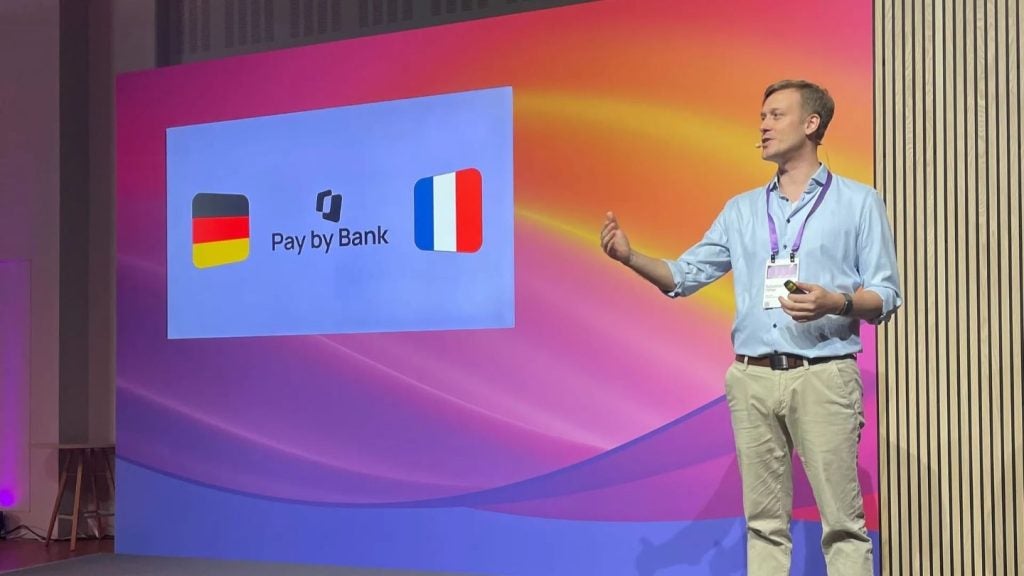Mobile payments and a growing banking infrastructure are contributing to a slowly growing banked population in Kazakhstan. Government and central bank initiatives are at the heart of this growth, which is expected to increase in the coming years
Despite Kazakhstan’s economic progress during the review period (2010-2014), the penetration of financial services is still relatively low. According to the European Bank for Reconstruction and Development (EBRD), 5.9m individuals ? accounting for 52% of Kazakhstan’s population ? did not have access to any form of formal banking service as of January 2013. The government launched the Road Map program in 2009 to generate employment opportunities for citizens; it was extended in 2010 and led to more employment opportunities and an increase in disposable incomes. This will benefit the cards and payments industry as more people opt into formal banking.
The central bank was instrumental in increasing the share of non-cash payments by requiring retailers to install POS terminals to accept payment cards. Furthermore, an initiative by the NBK to limit cash transactions for sole proprietors and companies, with tax incentives for businesses who accept payment cards, is anticipated to increase the share of non-cash payments over the forecast period (2015-2019).

While the transaction value of credit transfers, direct debits and checks declined, transaction values and volumes for debit and credit cards grew, and recorded respective review-period compound annual growth rates (CAGRs) of 19.97% and 13.85%.
Changing lifestyles, rises in the economically active population and per capita disposable income, the growing popularity of online shopping, the increased acceptance of cards at retail outlets, and the adoption of new technology such as Europay, MasterCard, Visa (EMV) and contactless supported the growth of payment cards during the review period; a trend that is anticipated to continue over the forecast period.
Debit cards continue to dominate the payment cards market

US Tariffs are shifting - will you react or anticipate?
Don’t let policy changes catch you off guard. Stay proactive with real-time data and expert analysis.
By GlobalDataIn 2014, the debit cards market accounted for 88.7% and 93.9% of the overall payment cards in terms of transaction volume and value respectively. The rising popularity of debit cards supported this trend.
Banks such as Halyk Bank and Kazkommertsbank have developed projects to encourage companies to deposit employees’ salaries directly into their bank accounts as part of their Salary Projects, resulting in the increased use of debit cards. Similarly, the government prefers to distribute social benefits such as pensions and scholarships via debit cards. This has encouraged banks to offer social or pension cards.
Mobile payments (m-payments) are gaining prominence in Kazakhstan
M-payments are an emerging trend in Kazakhstan. One of the most popular m-payment services is MyPaykz; launched in 2011 by Halyk Bank and e-commerce firm Intervale, its popularity is growing. A number of companies have been looking to replicate MyPaykz’s service, which reflects the growing popularity of m-payments.
In June 2014, Kazkommertsbank launched a mobile contactless payment service based on MasterCard’s PayPass technology. The bank has installed 500 POS terminals in supermarkets, restaurants and retail establishments to support this move.
Growing banking infrastructure
The number of ATMs in Kazakhstan increased at a review-period CAGR of 4.89%, from 7,605 in 2010 to 9,206 in 2014. This figure is expected to increase at a forecast-period CAGR of 1.99%. Banks are expanding ATM networks into rural areas.
The number of POS terminals in Kazakhstan recorded a review-period CAGR of 23.99%, rising from 26,625 in 2010 to 62,920 in 2014. In November 2012, the NBK required certain categories of retailer to install POS terminals. On January 1, 2014, the regulation was extended to all traders, regardless of business model. Consequently, the number of POS terminals grew during the review period, a trend that is anticipated to continue over the forecast period.
In addition to conventional POS terminals, merchants are installing mobile POS (m-POS) terminals. In August 2014, Kcell launched mobile POS terminals in Kazakhstan. Similarly, Halyk Bank offers Pay-Me m-POS terminals at a cost of US$67, with a fixed commission of 2.75%.







